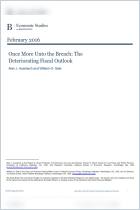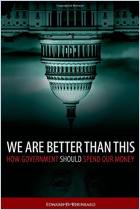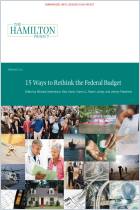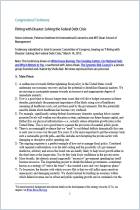
Recommendation
Even before the coronavirus blew up US spending, deep tax cuts and underfunded investments had stoked massive public debt, threatening America’s economic health. In this thought-provoking work, economist William G. Gale incisively explains how tax and budget policies cripple growth and prosperity. His grounded, broad-based proposal does not include radical new ideas or punitive measures; rather, he’s assembled solid concepts from a spectrum of political voices into a cohesive, workable whole. Gale’s guidance may be all the more necessary in a post-pandemic economy.
Summary
About the Author
William G. Gale is a senior fellow at the Brookings Institution and the co-director of the Tax Policy Center.
By the same author
Learners who read this summary also read
Article
Article
Report



















Comment on this summary or 开始讨论